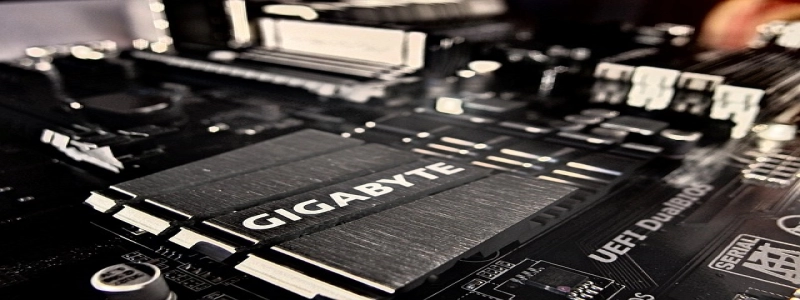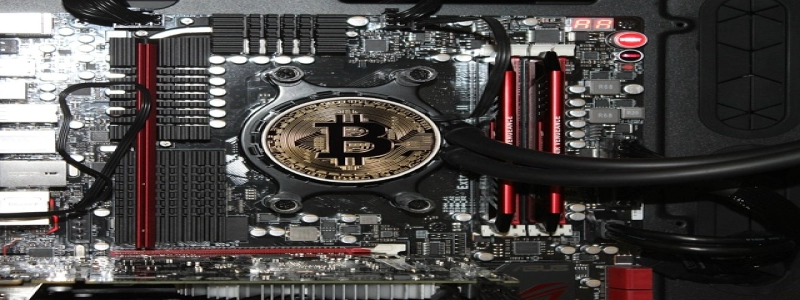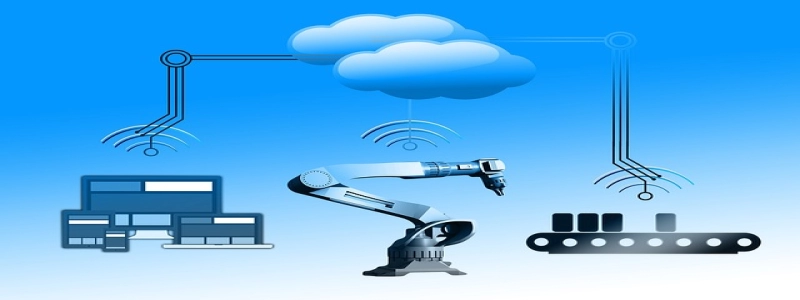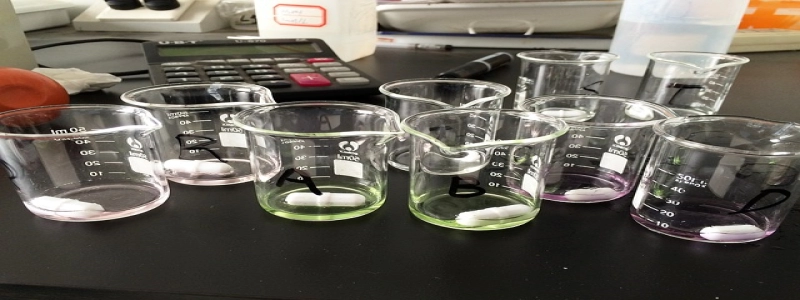Ethernet and CSMA/CD
Introduction
Ethernet is a widely used technology that allows computers to connect to a local area network (LAN) or the internet. It uses a protocol called Carrier Sense Multiple Access with Collision Detection (CSMA/CD) to ensure efficient and reliable communication between devices on the network. In this article, we will explore the principles behind Ethernet and CSMA/CD and how they work together to facilitate data transmission.
1. What is Ethernet?
Ethernet is a popular networking technology that enables devices to communicate with each other over a LAN or a larger network like the internet. It is based on the concept of packet-switching, where data is divided into small chunks called packets and sent across the network. Ethernet operates at the data link layer of the OSI model, providing a way for devices to access and transmit data on a shared network medium.
2. How does CSMA/CD work?
CSMA/CD is a protocol used by Ethernet to manage access to the network medium and detect collisions between data packets. The protocol works as follows:
2.1 Carrier Sense: Before a device transmits data onto the network, it listens to check if the network is currently being used by other devices. If the medium is busy, the device waits for it to become idle before transmitting.
2.2 Multiple Access: Multiple devices share the same network medium. If two devices attempt to transmit data at the same time, a collision occurs. CSMA/CD helps detect these collisions and resolves them.
2.3 Collision Detection: While transmitting data, a device continuously monitors the network for collisions. If it detects a collision, it stops transmitting and sends a jamming signal to ensure all devices are aware of the collision.
2.4 Backoff Algorithm: When a collision occurs, the devices involved wait for a random period of time before retransmitting their data. This helps prevent multiple collisions from happening again immediately after the initial collision.
3. Advantages of Ethernet and CSMA/CD
Ethernet and CSMA/CD have several advantages that make them popular in networking:
3.1 Flexibility: Ethernet supports a wide range of data rates, ranging from 10 Mbps to several Gbps. This flexibility allows it to adapt to different network requirements.
3.2 Simplicity: The CSMA/CD protocol is relatively simple and easy to implement. This simplicity makes Ethernet a cost-effective solution for many network environments.
3.3 Reliability: CSMA/CD detects and resolves collisions, ensuring that data transmission is reliable. It also allows multiple devices to share the network medium efficiently.
Conclusion
Ethernet and CSMA/CD are fundamental components of modern networking. Their ability to provide efficient and reliable communication has made them widely adopted in both local area networks and the internet. Understanding the principles behind Ethernet and CSMA/CD is essential for anyone working with network technologies.








